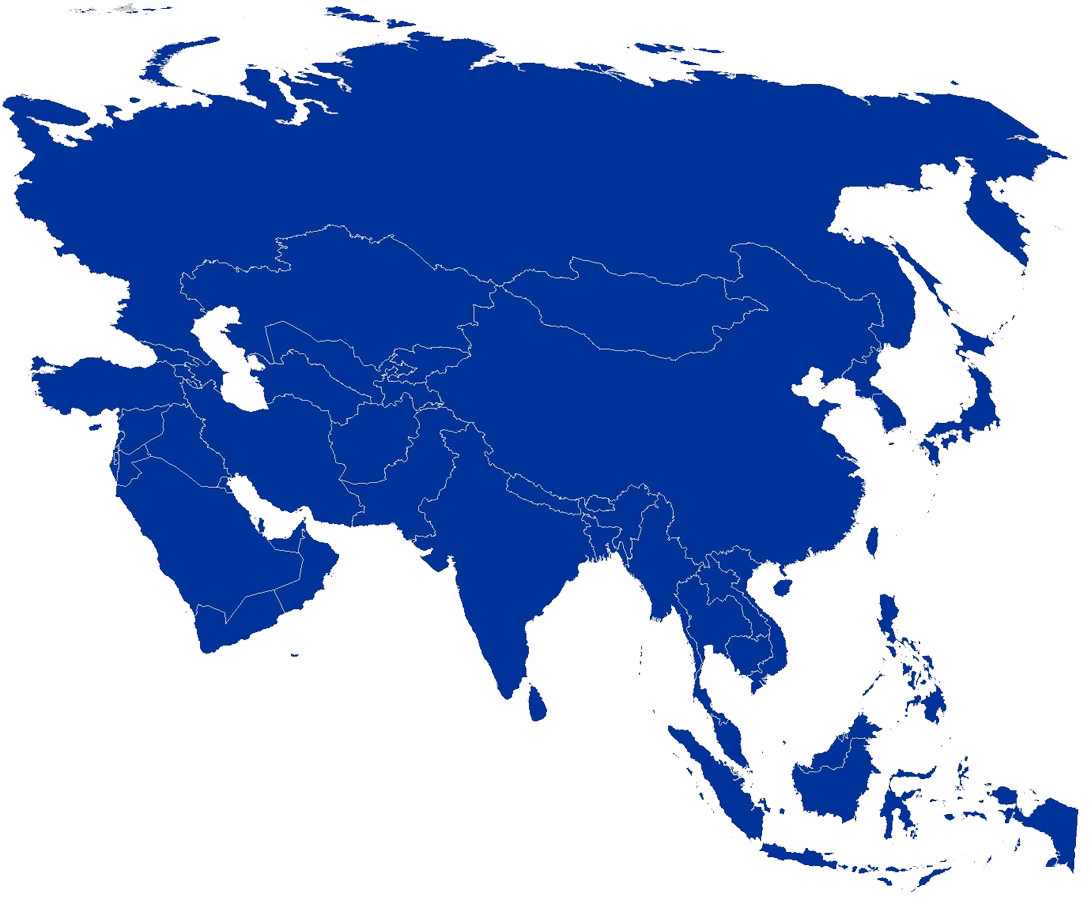
The Asia-Pacific:
where the US military follows its nation’s money
Effects of Chinese pre-eminence
 A Chinese ship, left, shoots a water cannon at a Vietnamese vessel, right, while a Chinese ship sails alongside in the South China Sea, on May 7.VIETNAM COAST GUARD/APThe goal of the U.S. presence in the Pacific since WWII has been “stability,” which largely boils down to preventing major wars and protecting trade routes from terrorism, piracy and smaller wars.
A Chinese ship, left, shoots a water cannon at a Vietnamese vessel, right, while a Chinese ship sails alongside in the South China Sea, on May 7.VIETNAM COAST GUARD/APThe goal of the U.S. presence in the Pacific since WWII has been “stability,” which largely boils down to preventing major wars and protecting trade routes from terrorism, piracy and smaller wars.
The U.S. military rebalance seeks to continue that strategy by putting its best hardware in the region and by strengthening its alliances. “The Asia-Pacific’s shifting security landscape makes America’s partnerships and alliances indispensable as anchors for regional stability,” Defense Secretary Chuck Hagel said May 31 in Singapore, during a speech that also condemned China’s use of “coercion and the threat of force” to advance its aims.
Even as Hagel, President Barack Obama and administration officials tout the rebalance at every turn, many in Asia remain skeptical that the U.S. will have the money to follow through.
The U.S. Future Years Defense Program exceeds federal budget caps by $116 billion over the next five years, according to a Center for Strategic and Budgetary Assessments study released in September.
There are less costly alternatives to the present strategy. All of them carry economic and strategic risk for the United States, according to analysts. One option would be to roll back the U.S. role in the region over the next few decades and watch Beijing supplant Washington as the top power in the region.
The historical precedent for that is Great Britain’s acceptance of U.S. dominance in the Western Hemisphere in 1890s, which ended more than a century of friction, said Ted Galen Carpenter, senior fellow at the Cato Institute.
“One of the things would be absolutely essential if the U.S. conceded pre-eminence in East Asia would be a firm guarantee of navigation rights,” Carpenter said. “We are a maritime power, and I don’t think we’re about to let that part of the world become a Chinese lake.”
However, it’s hard to see an authoritarian country like China and a democratic United States establishing enough trust to make such a deal, Carpenter said.
Chinese pre-eminence also creates the possibility of territorial battles that could turn into wars on the open seas, absent U.S. support. Analysts estimate that about 90 percent of U.S. trade in the region is seaborne.
Carpenter views the Obama administration’s rebalance as an unsustainable mix of engagement and containment. Instead, he advocates a “first among equals” arrangement for the U.S., where it maintains a deterrent presence but doesn’t try to contain China or dominate the region. The U.S. would cut spending just enough to get countries like South Korea, Japan and others to do more than they are now. “The problem is that the U.S. is a victim of its own great success over the last seven decades,” Carpenter said. “It has fostered, somewhat deliberately, a dependent mentality on the part of friendly countries.
“I think without the overall reliance on the U.S., we would see these countries at least consider doing more in the security arena for their own interest.”
To some extent, U.S allies are already doing more than in the past, as are others. Of 22 Asia-Pacific countries reviewed by Stars and Stripes, at least 20 increased defense spending last year. Japan, which U.S. officials often call their “cornerstone” ally in the region, is planning Marine Corps-like capabilities. South Korea is improving its surface and submarine fleet. Those developments are welcome to Washington, but they are no replacement for U.S. spending, technology and expertise in the region, analysts said. Japan, which has been criticized by China and South Korea for harboring supposedly militarist sentiments, still spends only 1 percent of its gross domestic product on defense, according to the World Bank.
Supporters of the rebalancing strategy in the Obama administration and the Pentagon also want to see U.S. allies take larger roles. The difference is that they believe the way to reduce tensions with China is through a greater projection of allied strength, combined with diplomatic and economic overtures.
For now, the U.S. appears committed to its rebalancing strategy, Smith said. The trade routes that the U.S. and much of world depend on appear generally secure.
However, the U.S. will become far more concerned in the future if China attempts to use its rapidly modernizing navy to manage the region’s trade routes.
“If people feel like China can interfere with commerce, they will adapt their behavior accordingly,” Smith said. “Anything that threatens the basic stability of the region threatens economic behavior across the board.”
